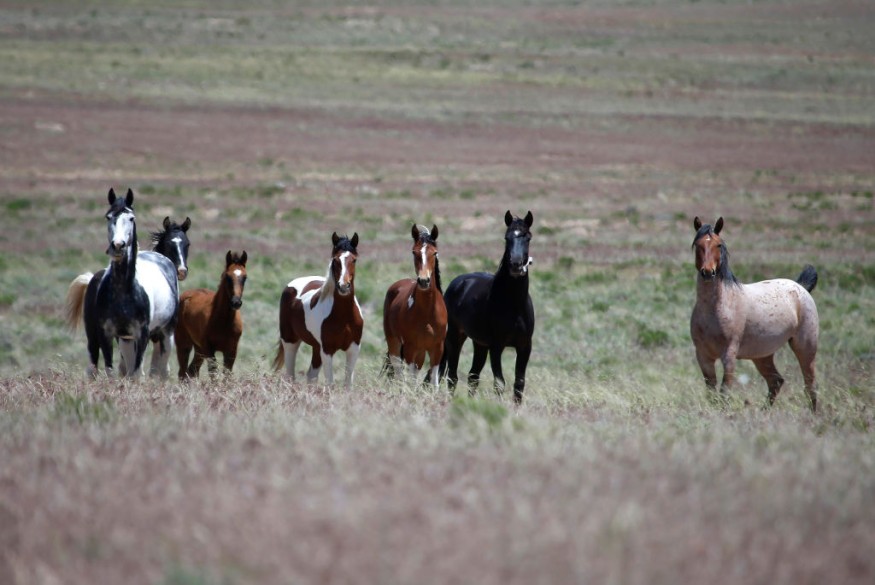
After a 200-year absence, a small number of the last wild horses in the world have returned to their home country, Kazakhstan.
The seven horses were transported to the central Asian nation by a Czech Air Force transport aircraft. Four of the mares were from Berlin, and the other two were from Prague.
Journey Home
The immense steppe grasslands of central Asia are home to the wild horses known as Przewalski's horses, which were initially domesticated there some 5,500 years ago.
In northern Kazakhstan, people have been riding and milking horses for around 2,000 years, predating European domestication records by a significant margin. The horses were nearly extinct in the 1960s due to human activities, which included road construction that divided their population and slaughtering the animals for their flesh.
The first of 40 horses that will be released into the wild in this large Central Asian nation over the next five years, the horses exited after being kept in containers for twenty hours.
The two groups of horses that were reintroduced into Kazakhstan are descended from zoos in Munich and Prague that managed to survive.
"These are the only remaining wild horses in the world. Mustangs are domesticated horses that went wild," said Filip Mašek, Prague Zoo's spokesperson.
He added that eight horses were initially planned to travel, but one of them had to be unloaded and brought back to the zoo in Prague after it had settled down before the flight, increasing the possibility that the blood supply to his legs would be cut off.
Read Also : Wild Horse Caroline Dies of Neck Injury as Aggressive Stallion Attempts Mating -North Carolina
Help Biodiversity
According to Mašek, returning the horses from the Prague zoo would contribute to a rise in biodiversity in the area as the horses help the water seep into the soil by spreading seeds in their feces and by uprooting vegetation. They also use their excrement to fertilize the steppe.
The International Union for Conservation of Nature continues to list the species as endangered. It was first observed by Russian scientist Nikolai Przhevalsky in 1881, and it was on the verge of extinction in the 1960s.
An effort to return the horses to Mongolia was started in 2011 by Prague Zoo, which has been breeding them since 1932 and maintains a global genealogy book for the species that tracks every new birth.
Between 2011 and 2019, 34 horses were flown there by Czech army aircraft before the epidemic put an end to the initiative, which was partially supported by zoos all over the world.
Currently, there are two thousand Przewalski horses in the world, where they are primarily found in China and Mongolia, but they are also found in France, Russia, and even the untamed Chernobyl exclusion zone that separates Belarus and Ukraine.
Thirty specimens were introduced there in 1998 after the Chernobyl incident that occurred in April of 1986. With its continued growth, the population has reached 210.
The Przewalski horse is not the only endangered species in Kazakhstan to have attracted particular notice.
Once in danger of going extinct, the round-snouted Saiga antelope has seen its population increase to over two million as a result of conservation efforts by non-governmental groups and Kazakh government agencies.
Related Article : Przewalski's Horse: Wild Horses in Mongolia Saved From Extinction
© 2025 NatureWorldNews.com All rights reserved. Do not reproduce without permission.





